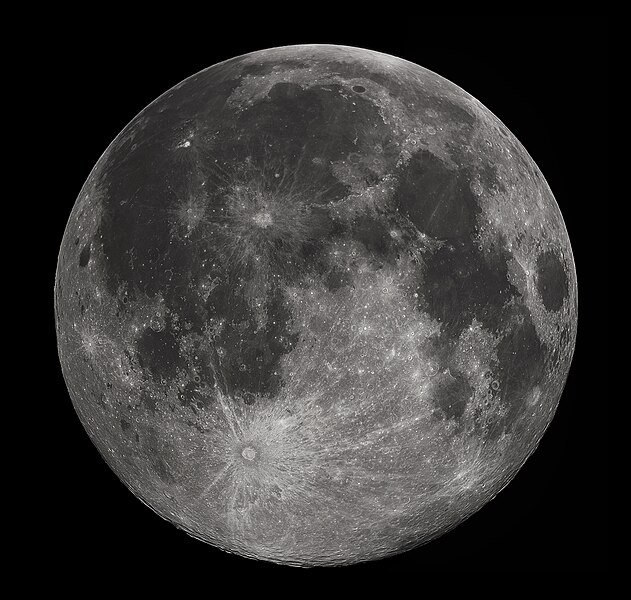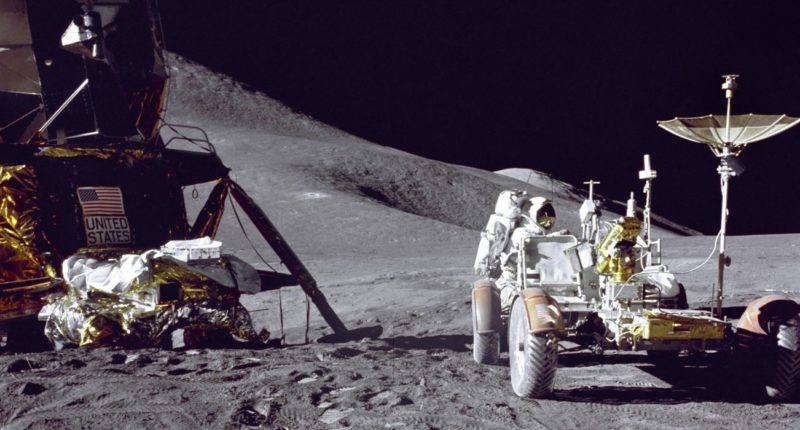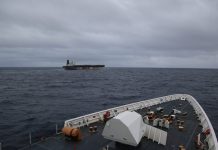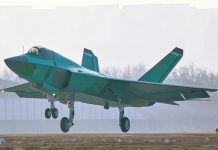Chinese experts have warned against the US’ plans to set up a nuclear power plant on the Moon by 2027. The US’ Space Policy Directive-6 (SPD-6) states there should be a fission power system on the surface of the moon that is scalable to a power range of 40 kilowatt-electric (kWe) and higher.
The SPD-6 envisages the US’ National Strategy for Space Nuclear Power and Propulsion. A Chinese media report says that the US’ ambitions may lead to future lunar military projects as it seeks space supremacy regardless of the damages it would cause.
While the US claims that the plant would “support a sustained lunar presence and exploration of Mars”, China speculates military purposes behind the establishment.

Chinese military expert Song Zhongping told the state-run Glabal Times that the moon is rich in helium-3, which can be used to produce energy by nuclear fusion. In the name of building a nuclear power plant which includes exploitation of nuclear materials, the US may turn the moon into a production site of nuclear weapons, he alleged.
US President Donald Trump has issued the SPD-6 , which lays out a national strategy for the responsible and effective use of space nuclear power and propulsion (SNPP) systems. It comes at a time when China’s Chang’e-5 successfully completed its moon mission and returned with lunar samples.
The Chinese expert claims that the signing of SPD-6 shows the US’ intent to drag China into a space race, just like it did with the erstwhile Soviet Union in the 1980s under Ronald Reagan’s ‘Star Wars’ program. It was the Strategic Defense Initiative (SDI) aimed to protect the United States from any attack by ballistic strategic nuclear weapons.
Furthermore, the US policy to use SNPP to maintain and advance its dominance and strategic leadership in space demonstrates “American unilateralism”, said Li Haidong, a professor at the Institute of International Relations of the China Foreign Affairs University.

Li alleged the US plan is against the international consensus on using outer space. As per the Moon Treaty, adopted by the United Nations General Assembly in 1979, the celestial bodies and the moon are “not subject to national appropriation by claim of sovereignty, by means of use or occupation, or by any other means”.
The US has generally followed the rules in the treaty but never formally joined. Earlier this year, President Trump had proposed new rules, completely in contrast to the earlier agreement. Called ‘Artemis Accord’, this allows the use of lunar resources for commercial gain.
The accord also focuses on establishing “safety zones” around landing sites, which could be interpreted as de facto ownership of areas of the moon, which is forbidden by the Outer Space Treaty.
The Outer Space Treaty was largely based on the ‘Declaration of Legal Principles Governing the Activities of States in the Exploration and Use of Outer Space’. It provides a basic framework for international space law.
Follow EurAsian Times on Google




